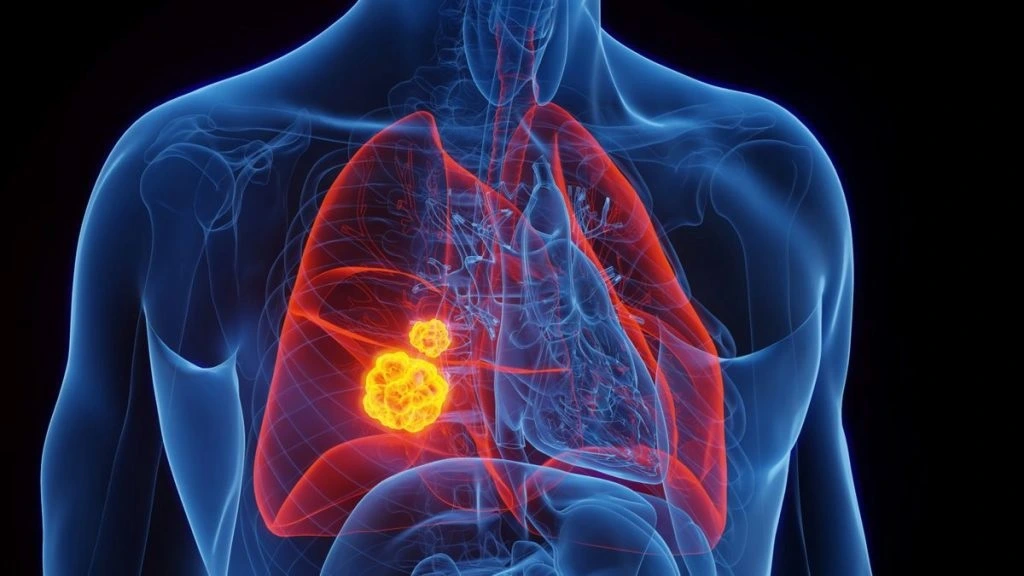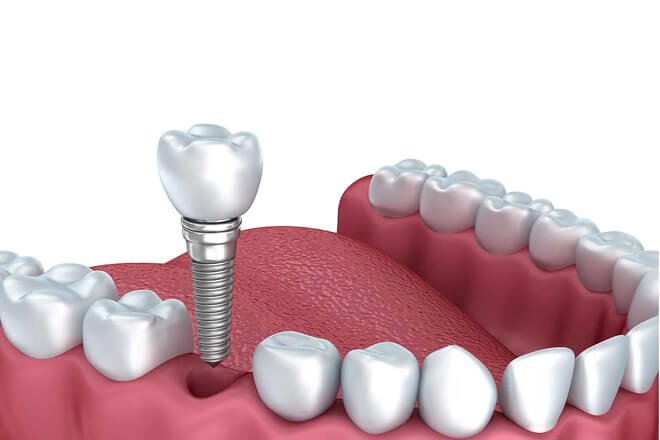
What Are the Steps Involved in Creating a CRISPR-Edited Cell?
Creating a CRISPR-edited cell is one of the most advanced achievements in modern biotechnology. This process allows scientists to modify genes with remarkable accuracy, helping researchers understand diseases, improve therapies, and explore innovative medical solutions. In this human-generated, SEO-friendly explanation, we will break down each step in active voice while naturally integrating the focus keyword “Crispr Cell” and the brand name Euda Health twice.
What Is the First Step in Designing a CRISPR Edit for a Cell?
The first step in creating a CRISPR-edited cell starts with defining the exact genetic target. Scientists identify the specific DNA sequence that they want to modify. This target could be a mutated gene causing disease, a gene associated with immunity, or a gene that influences how a cell behaves. Precision at this stage is essential because the CRISPR system acts like molecular scissors—it cuts exactly where it is instructed.
Researchers then design a guide RNA (gRNA) that matches the target DNA sequence. The gRNA helps the CRISPR-Cas9 protein locate the correct part of the genome. Platforms and labs like Euda Health often use advanced bioinformatics tools to create highly accurate gRNA sequences that minimize the risk of off-target effects.
How Do Scientists Prepare the CRISPR Components Before Editing the Cell?
After designing the gRNA, the next step is preparing the essential CRISPR components. These components include:
- Cas9 enzyme – the protein that cuts the DNA.
- Guide RNA (gRNA) – directs Cas9 to the right location.
- Repair template (optional) – used when scientists want to insert new DNA instead of just cutting it.
These components may be assembled in different forms such as plasmids, RNA molecules, or ribonucleoprotein complexes. The choice depends on the type of cell being edited and the purpose of the experiment. In many research settings, CRISPR components are carefully purified and tested before being delivered into a cell to ensure high editing efficiency.
What Happens When CRISPR Is Delivered Into the Cell?
The next step is delivery, where scientists introduce the CRISPR system into the target cell. This process is known as transfection or electroporation. Depending on the cell type—whether it is a stem cell, immune cell, or cancer cell—different delivery methods may be used:
- Electroporation, which uses electrical pulses to open pores in the cell membrane
- Viral vectors, which use modified viruses to carry CRISPR tools
- Lipid nanoparticles, which deliver CRISPR materials safely into cells
Once inside, the CRISPR components begin their task. The guide RNA directs the Cas9 enzyme to the specific location on the DNA. Cas9 then makes a precise cut at the target sequence, initiating the cell’s natural repair process. This is the defining moment in the creation of a Crispr Cell because the gene modification takes place during the repair stage.
How Does the Cell Repair DNA After CRISPR-Induced Cuts?
CRISPR editing relies on the cell’s natural repair mechanisms. When Cas9 cuts the DNA, the cell activates one of two major repair pathways:
- Non-Homologous End Joining (NHEJ)
This pathway reconnects the cut ends quickly but often introduces small insertions or deletions. Scientists use NHEJ when they want to knock out a gene, making it inactive. This approach is useful in studying gene function and creating disease-resistant cell lines.
- Homology-Directed Repair (HDR)
When scientists want to insert or correct a specific DNA sequence, they supply a repair template. The cell uses this template to rebuild the DNA accurately. HDR is more precise but requires the cell to be in a certain phase of its growth cycle.
Both methods play a critical role in shaping the final genetic structure of the modified cell.
What Steps Do Scientists Take to Verify CRISPR Editing?
Once the editing process is complete, the next essential step is screening and verification. Not every cell undergoes successful editing, so scientists must identify which cells were modified correctly. They use several techniques:
- Polymerase Chain Reaction (PCR) to detect the presence of the edited genes
- DNA sequencing to confirm accuracy
- Fluorescent markers to visualize successful edits
This verification stage ensures that only correctly modified cells move forward in research or therapeutic development. High-precision facilities—like those used by Euda Health—implement strict testing processes to ensure the integrity and safety of CRISPR-edited cells.
What Is the Final Step in Creating a CRISPR-Edited Cell?
After verifying the genetic modification, scientists proceed to the expansion and functional testing phase. They grow larger populations of the edited cells to observe how the changes influence:
- Cell behavior
- Gene expression
- Disease resistance
- Therapeutic potential
Functional analysis is crucial because CRISPR editing may affect more than just the targeted gene. Researchers monitor the cells for stability, performance, and safety. This phase ultimately determines whether the CRISPR-edited cells can be used for medical studies, regenerative medicine, or advanced therapies.
Why Are CRISPR-Edited Cells Important for Modern Biotechnology?
CRISPR-edited cells have transformed the fields of genetics, pharmaceuticals, and personalized medicine. They help scientists:
- Model human diseases
- Test new drugs
- Develop gene therapies
- Enhance cell-based treatments
The technology also supports precision medicine, where treatments are tailored to a patient’s genetic profile. As CRISPR continues to evolve, the demand for safe, accurate, and ethically responsible editing grows stronger.
Conclusion: What Do These Steps Mean for the Future of Crispr Cell Technology?
Creating a Crispr Cell involves a careful sequence of design, preparation, delivery, repair, verification, and testing. Each step requires precision, expertise, and advanced genetic tools. With proper execution, CRISPR-edited cells can revolutionize the treatment of chronic diseases, hereditary conditions, and immune disorders.
As biotechnology companies and research institutions continue to refine CRISPR technology, organizations like Euda Health play a vital role in promoting safe and innovative genetic solutions. With responsible development and scientific integrity, the future of CRISPR-based therapies looks promising, powerful, and transformative.











